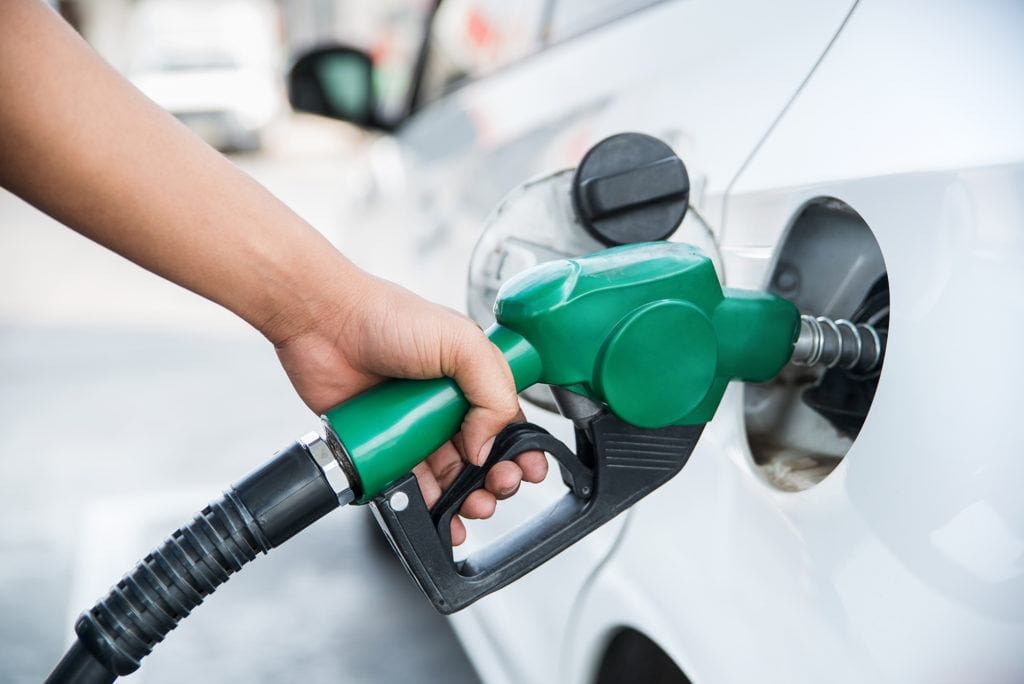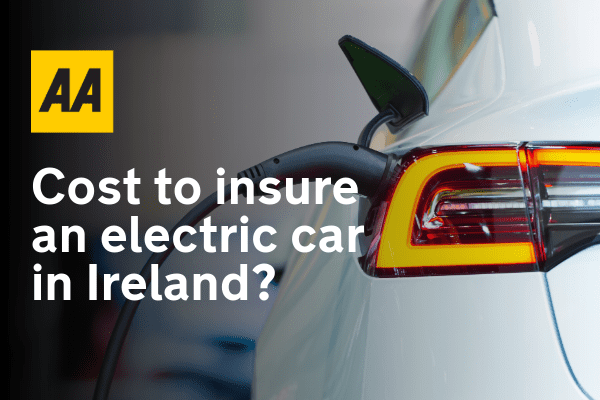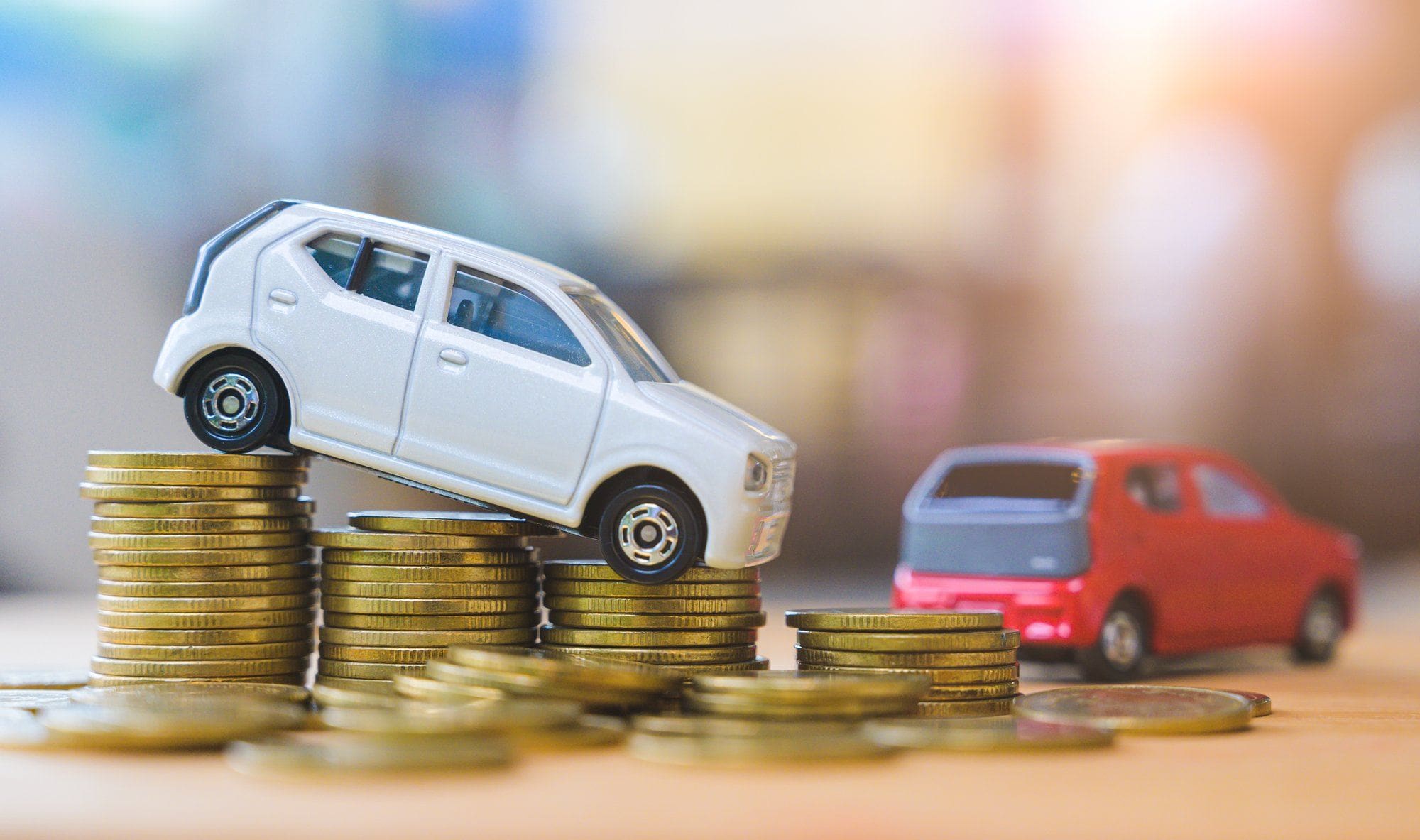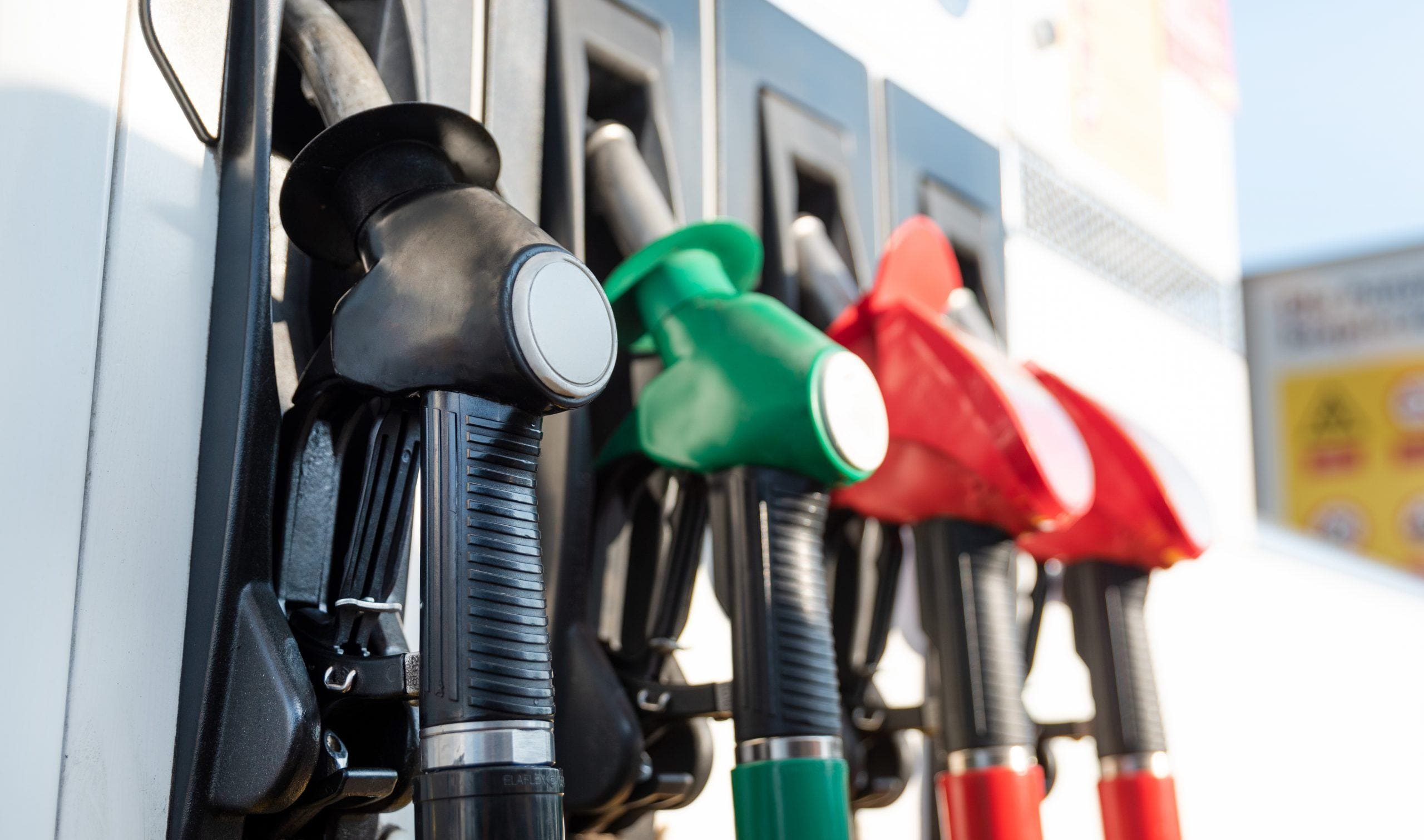Amid concern over rising fuel prices in the UK and across the globe, AA Ireland decided to look at what is happening here in Ireland, as our prices are increasing steadily too.
“Petrol prices in this country are at an average of 155.9 cents per litre and diesel is at 144.9 cents per litre. Prices have jumped 24.8% since this time last year for petrol and 24.4% for diesel in the same period. This time 12 months ago the average petrol price was 124.9 cents per litre, while diesel was at 116.5,” says Anna Cullen from AA Ireland.
Supply and demand
Last year oil production fell due to falling demand. This did have a positive effect on fuel prices for the consumer – and the oil industry reported evaporating profit, massive job losses and huge write-downs. The Head of the International Energy Agency suggested recently that 2020 represented the worst year in the history of the oil markets. BP said oil consumption fell by a record 9.1 million barrels per day, or 9.3% last year, its lowest level since 2011. BP’s Chief Economist, Spencer Dale, said that the global pandemic put all other oil crises in the shade.
“However in Ireland, with traffic volumes back above 95% of pre-pandemic levels on most routes, and with winter approaching us, temperatures are set to drop even more. Demand for oil has risen and will continue to rise even more. In the UK, there is the issue of petrol supply shortage, and long queues were witnessed buying fuel amid fears it might run out. This has been labelled as ‘panic buying’. We are assured that the issues facing the UK aren’t a problem for us here in Ireland, so consumers don’t need to worry,” says Cullen.
For the first time in three years, Brent Crude Oil rose to $80.22 on Tuesday (28th), which was an increase of 0.9%. It eventually settled at $79.09.
The three-year high for oil prices came as OPEC (a wider group of oil exporters including Russia, Mexico, Brunei and Malaysia) forecast that global demand for crude would exceed 2019 levels in 2023, and would continue to rise until 2035 before plateauing.
In their annual oil outlook report, they said that energy and oil demand have picked up significantly this year, after the massive drop in production last year due to the pandemic. They predict that this continued expansion is forecast for “the longer term”.
So what does the future hold for Ireland?
OPEC is set to meet next week with its allies. They will discuss how they are going to increase production, given how much demand there is right now. They think that oil and gas demand is going to grow for decades.
If OPEC increases production, then this could see the price of oil restored to more regular levels in a time. From there it can take around 15 days for the prices to be reflected in the fuel prices at the petrol pumps. Ireland is the 14th most expensive country in Europe for buying petrol (21st in the world).
It is important to note that fuel prices and petrol prices are affected by more than just the price of oil. More than 60% of the price at the pump is accounted for by tax. Taxes include excise duty (duty added to the sale of mineral oils, cigarettes and alcohol), carbon tax (calculated per ton of CO2 generated), VAT and NORA (National Oil Reserves Agency).
NORA is added to all oil fuels to ensure that Ireland meets its EU obligations of keeping a 90 day stock of oil in the event of a shortage.
“So in the future, one could argue that oil demand may drop as the world switches to electric vehicles and green energy,” adds Cullen.
It goes without saying that there are some factors that would make the switch to EV easier for some people, particularly those who mainly drive medium-length journeys in urban areas and have off-road parking at home.
However, this doesn’t necessarily rule it out for all rural residents or apartment-dwellers, especially with improvements in range and charger availability. Doing your research may surprise you; but even if you find out that an EV wouldn’t cover your needs at this point in time, a hybrid vehicle may be an option. Why not check out this article by Lauren Beehan if you are considering an EV.
To check out AA’s Fuel Prices, click here.









